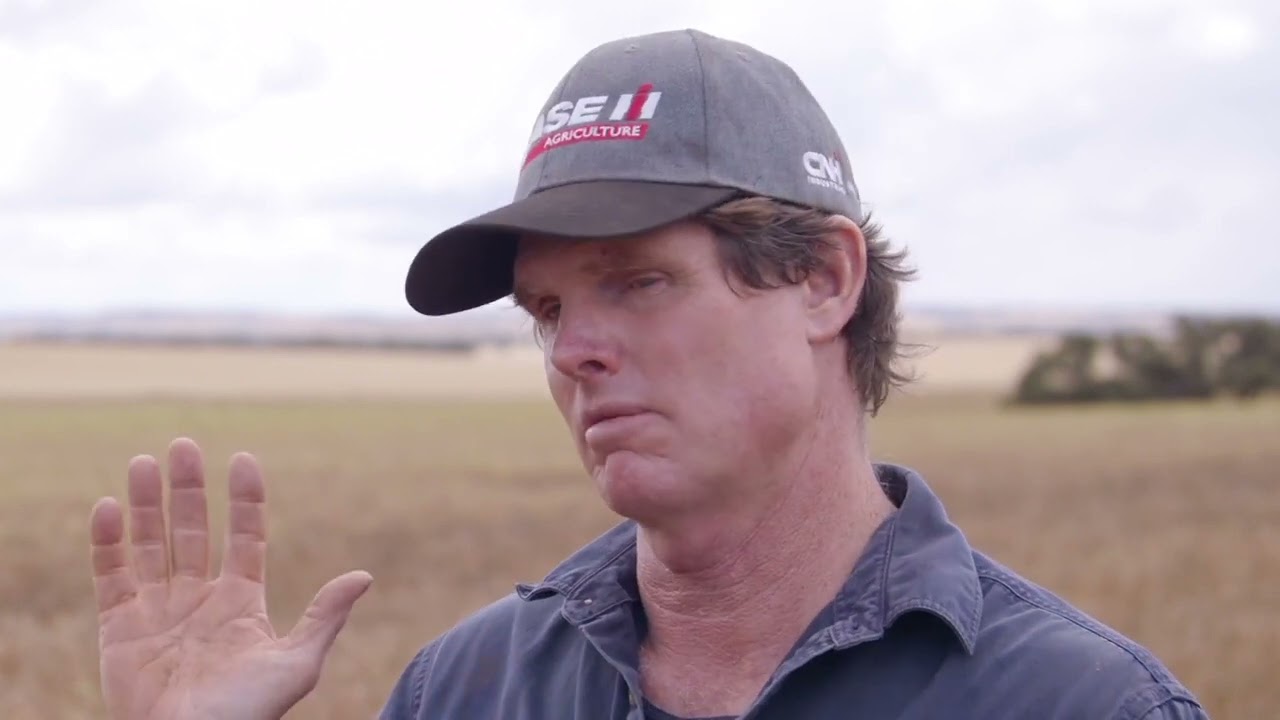Stu Kelly Tackles Non-Wetting Soils with SE14® Across 1,000 Hectares
Facing persistent crop establishment issues across highly variable soil types, Moora grower Stu Kelly turned to SE14 to overcome non-wetting conditions. After a successful trial, he scaled up to 1,000 hectares of wheat and lupins. Today, he sees uniform germination, stronger early competition, and reduced weed pressure in soils that previously struggled to support even emergence.

Key Achievements
-

50% Improvement in Germination on Non-Wetting Soils
SE14 delivered even emergence across sand and gravel soils with a history of patchy, staggered germination.
-

Improved Early Competition Reduced Herbicide Use
Stronger early crop competition lowered radish pressure and reduced spray requirements.
-

Scaled to 1,000 Hectares After Successful Trial
Strong early results gave Stu the confidence to expand SE14 use across wheat and lupins on non-wetting sands and gravels.
The Challenge
Stu’s property near Moora includes a wide range of soil types, from productive loams to some of the poorest white sand in the region. While crops performed well in the better areas, establishment on non-wetting soils was inconsistent and unreliable. Poor strike rates and staggered germination limited yield potential and left paddocks vulnerable to weed outbreaks, including radish and Broome grass.
The Solution
After trialing SE14 with Damon Flay of SACOA (now Agrion Crop Solutions) in 2022, Stu committed to a full-scale rollout in 2023. He applied 2 L/ha across over 1,000 hectares of wheat and lupins. On light, non-wetting soils, SE14 was mixed with 35 L/ha of UAN and 35 L/ha of water, delivered through his Ausplow DBS dual-shoot system.
Fertiliser continued to go down the front boot, while SE14 was placed with the seed via the rear boot. Stu reported no blockages in the liquid lines and noted how easily the product flowed through the system when diluted correctly.
“It just flows beautifully. We haven’t had any blockages from foreign material. It’s just a fantastic product to use.”
— Stu Kelly
The Result
In paddocks previously affected by severe non-wetting, germination was markedly more even. Stu estimated an improvement of around 50% compared to previous seasons on similar soil types.
The improvement was visible across both sand and gravel soils, and yield expectations rose from 1–1.5 tonnes per hectare to a solid two.
Weed pressure also declined as early crop competition improved. In some lupin paddocks originally planned for two radish spray passes, only one was needed, and there was no visible regrowth.
Brome grass, once a persistent challenge, has also been suppressed through improved uniformity and crop competition. The results have been strong enough that Stu is now considering SE14 for his better-performing country as well. He believes with 5 to 10 mm of early rainfall, SE14 could help canola strike and survive on heavy ground too.
The farm plans to continue with the 2-litre rate but will trial both higher and lower rates to optimise based on seasonal conditions.
“Absolutely, we’re rapt with the results.”
— Stu Kelly
SE14® is a registered trademark of Agrion Crop Solutions Pty Ltd.

